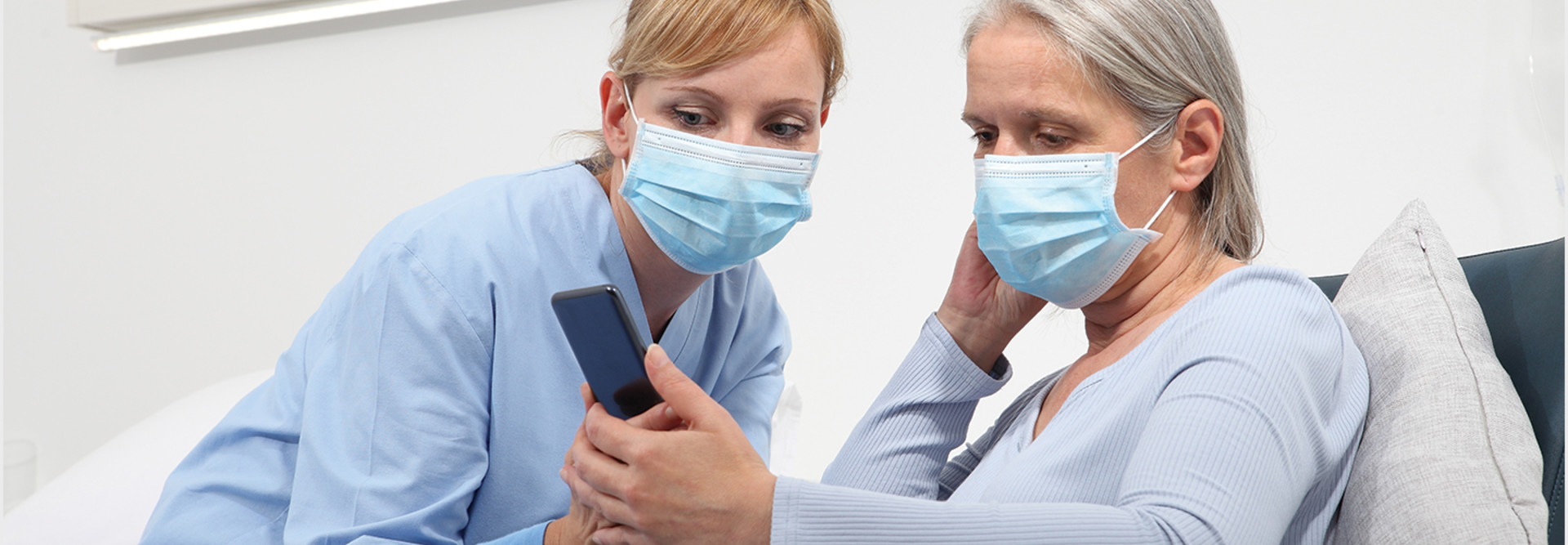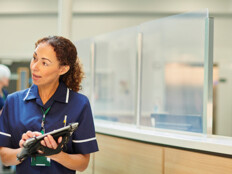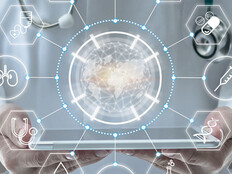5G Networking Drives Wide-Ranging Healthcare Applications
Leo Gergs, 5G markets research analyst at ABI Research, says he sees it not only powering clinical use cases, but also improving healthcare operations.
“One of the interesting revelations I came across during my research is that a nurse spends only 18 percent of the day performing patient-facing duties,” he says. “The rest is spent filling out forms, personnel management or even doing trivial things like searching for equipment. Deploying 5G doesn’t eradicate all of that workload, but it reduces it substantially.”
“If we’re reducing that to the point where a nurse would spend just half of the day doing administrative tasks,” he says, “that would obviously increase patient-facing time and decrease personnel costs, while also increasing the quality of the healthcare system as a whole.”
Osborne has a long list of use cases for 5G, including augmented reality (AR) applications such as medical education; pre-surgical planning; operative guidance; remote surgical consults; and remote, real-time training. His VA team is collaborating with partners such as Verizon for the 5G infrastructure and Microsoft for its HoloLens headsets.
“Recently, we connected teams in New York and in Palo Alto, all interacting with the same holographic model of human anatomy, at the same time,” Osborne says. “It felt like we were all in the same physical room. I don’t think anyone’s ever done distant medical training like that before, and it’s particularly important in the time of COVID.”
“You have these 3D, holographic human anatomy models that are real size, but you can also expand them so that they’re larger than life,” Osborne adds. “To be able to virtually enlarge and walk inside structures such as the human heart, that takes learning to a whole other level.”
Osborne’s team is also collaborating with partners on applications that would project MRIs and other scans directly onto a patient’s body, he says, giving physicians virtual X-ray vision to guide surgeries and other interventions.
“A CT scan of someone’s body may contain hundreds and sometimes thousands of images, and each can be several megabytes in size,” he notes. “In addition, the technology needs to merge 2D images together to create an interactive 3D model image, and those are big files.
“You need the superior bandwidth to allow the efficient relay of large amounts of data to make the whole process effective without lag time or jittering images. This is particularly important in surgery because it has to be flawless.”
A major 5G experimentation initiative is also underway at Joint Base San Antonio, which was one of 12 DOD sites selected in June 2020 to test the technology.












